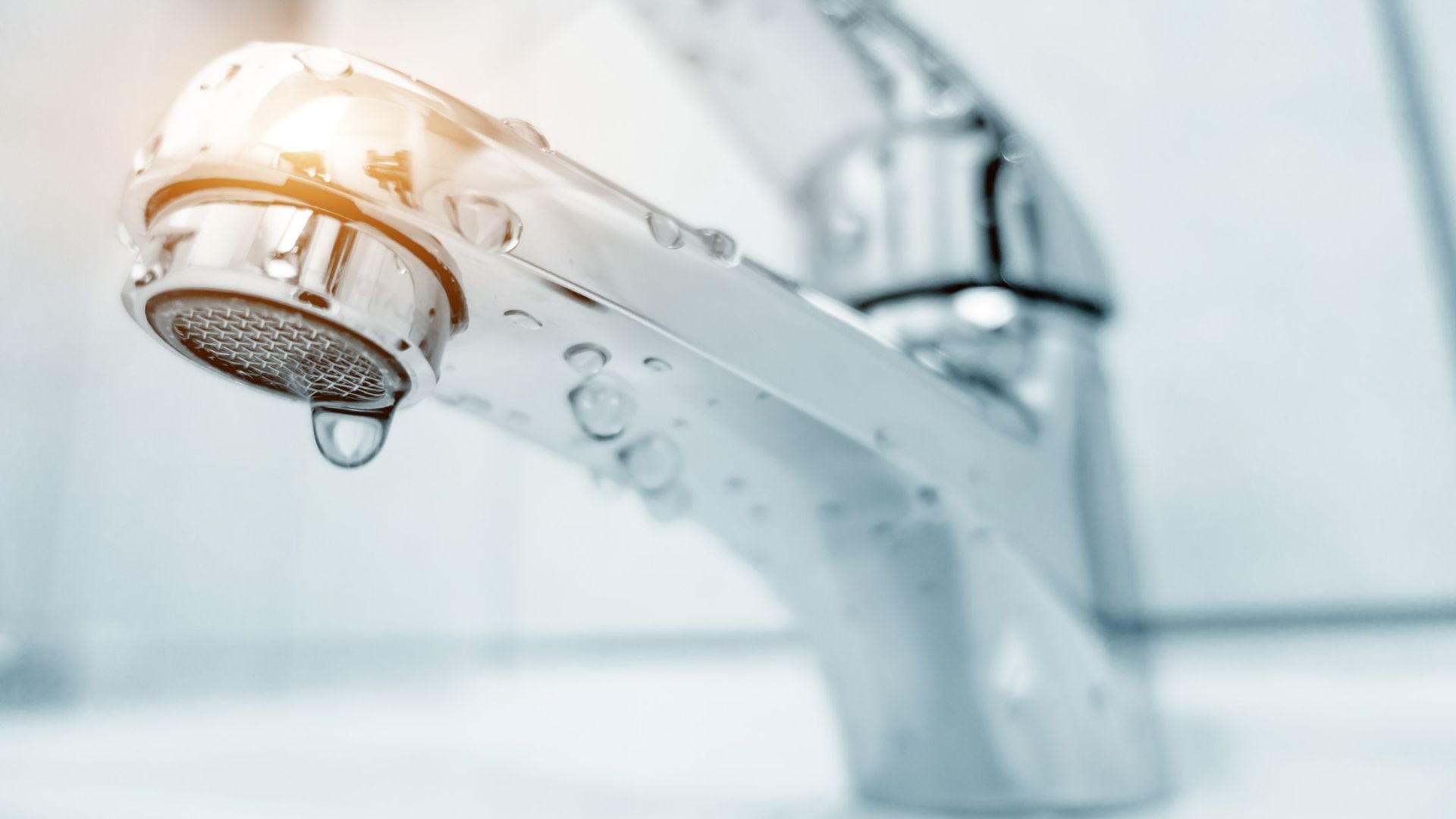Listed here on the next paragraphs you can find a good deal of awesome guidance involving 10 Reasons for Low Water Pressure in Your House.

Low tide pressure in your house can be a discouraging problem, influencing everything from showering to cleaning dishes. If you're experiencing weak water flow, there are a number of feasible reasons and options to explore. In this overview, we'll go over common factors for low tide pressure and sensible actions to address the problem successfully.
Introduction to Low Tide Stress
Low water stress takes place when the circulation of water from your taps, showers, and other fixtures is weaker than typical. This can make everyday tasks a lot more difficult and less reliable. Recognizing the causes of low tide stress is vital to discovering the ideal option.
Typical Root Causes Of Low Tide Stress
Pipe Obstructions
In time, pipelines can become blocked with natural resource, sediment, or debris, restricting the flow of water. This is a typical issue in older homes with galvanized steel pipes.
Deterioration
Rust within pipelines can lead to leaks and lowered water pressure. Rust build-up can constrict water circulation, especially in aging plumbing systems.
Faulty Stress Regulatory Authorities
Pressure regulatory authorities are accountable for keeping constant water pressure in your home. If they malfunction, it can lead to low water stress or unequal flow throughout your home.
Metropolitan Supply Of Water Issues
Often, the issue exists outside your home. Local water supply problems, such as main line leakages or upkeep work, can temporarily reduce water stress in your location.
How to Detect Low Water Pressure
Examining Faucets and Fixtures
Start by checking the water pressure at different taps and fixtures throughout your home. If the concern is separated to specific areas, it may show localized problems.
Examining Pipelines
Check noticeable pipes for signs of leaks, corrosion, or blockages. Take notice of any kind of uncommon noises, such as knocking or rattling pipes, which could indicate issues within the plumbing system.
Consulting with a Plumber
If you're not able to determine the source of low water stress, take into consideration hiring a specialist plumber to carry out a comprehensive examination. They can recognize underlying concerns and advise ideal solutions.
Do It Yourself Solutions to Fix Low Tide Stress
Cleansing Aerators and Showerheads
Natural resources can accumulate in aerators and showerheads, minimizing water flow. Get rid of and cleanse these elements consistently to improve water stress.
Flushing Hot Water Heater
Debris build-up in the hot water heater can restrict flow and reduce effectiveness. Flushing the tank regularly assists eliminate debris and maintain optimal efficiency.
Checking Stress Regulator
Make certain that the stress regulatory authority is working appropriately. Readjusting or changing the regulatory authority can aid restore proper water pressure throughout your home.
Clearing Clogs in Piping
For small obstructions, try using a plumbing serpent or chemical drain cleaner to clear obstructions in pipelines. Be cautious when using chemicals and adhere to safety and security standards.
When to Call a Professional Plumber
If do it yourself efforts fall short to settle the issue or if you believe substantial plumbing problems, it's ideal to seek help from an accredited plumber. They have the competence and devices to address complex problems safely and properly.
Safety Nets to Keep Water Pressure
Normal Maintenance
Set up regular maintenance for your plumbing system to prevent issues such as deterioration, leakages, and clogs. Dealing with minor problems early can help stay clear of more significant fixings later on.
Setting Up a Stress Booster
Take into consideration setting up a stress booster pump to improve water stress in locations with continually reduced flow. This can be specifically beneficial for multi-story homes or residential or commercial properties with high-demand fixtures.
Tracking Water Use
Bear in mind water use habits and prevent ill-using the plumbing system. Easy adjustments, such as astonishing showers and laundry lots, can aid maintain appropriate water stress.
Final thought
Taking care of low water stress can be frustrating, yet recognizing the underlying causes and implementing appropriate remedies can recover optimum flow throughout your home. Whether it's cleansing aerators, examining pipelines, or seeking advice from a plumber, taking aggressive steps can guarantee a steady supply of water for your day-to-day demands.
FOUR WAYS TO FIX LOW WATER PRESSURE NOW
Turning on a shower or faucet only to find the water comes out in a sad, slow drizzle is never a good feeling. How exactly are you supposed to wash a pan or take a quick shower when it takes 10 minutes just to rinse off a little soap? The good news is that when your water pressure is bad, there's always a cause: typically one that can be easily fixed. Here are some of the most common causes of low pressure and what you can do to fix the issue:
DEBRIS AND MINERAL DEPOSIT BUILDUPS
If you notice low water pressure from just one or two of the fixtures in your house, the problem likely has to do with debris buildup. Water is full of minerals and other debris, all of which can accumulate in your pipes and on your fixtures. This can cause a blockage that affects how much water flows through. To fix this, try filling a small plastic bag with white vinegar, and use a rubber band to hang it around your showerhead or faucet. Let the head of the fixture soak for a few hours, and the vinegar should loosen the deposits.
WATER LEAKS
Leaks are another common cause of low water pressure. If water is flowing out of your plumbing through a hole or crack before it can reach your fixture, the pressure coming out of the faucet or showerhead will be lower. A plumbing professional is your best bet for finding and repairing a leak in your water supply pipes.
Leaks are another common cause of low water pressure. If water is flowing out of your plumbing through a hole or crack before it can reach your fixture, the pressure coming out of the faucet or showerhead will be lower. A plumbing professional is your best bet for finding and repairing a leak in your water supply pipes.
A VALVE ISSUE
If you have low water pressure throughout your home, check your main shut-off valve to make sure it's completely open. You may also want to see if there's a pressure-reducing valve installed. If there is, have a plumber help you adjust the settings to get the pressure you're looking for.
OTHERS USING WATER
Believe it or not, your low water pressure could be caused by your neighbors. If you notice low pressure at certain times of day, it may be because you and the people living next to you have similar schedules - when everyone is showering at the same time, the pressure will be lower in every home. Low pressure throughout the neighborhood may also be caused by an issue with your municipal water supply. If that's the case, call the supplier to see if they're working on the issue.
https://www.rotorooter.com/blog/water-leaking/low-water-pressure-fixes/

As a devoted person who reads about Low Water Pressure in the House?, I think sharing that portion was sensible. If you please take a moment to distribute this post if you enjoyed it. We take joy in reading our article about 10 Reasons for Low Water Pressure in Your House.
Click Here
Comments on “Useful Techniques for Overcoming Low Water Pressure in Your Home”